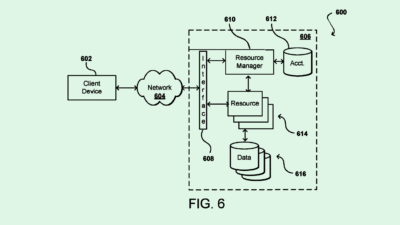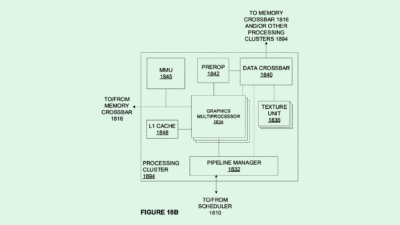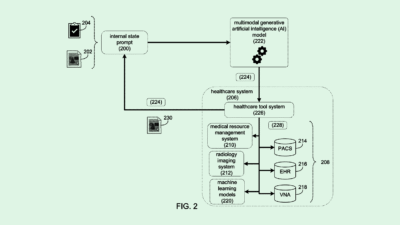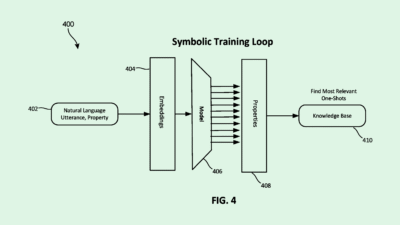Enterprises Push Ahead with AI-Powered Job Replacement Despite Risks
Companies are facing pressure on all sides to garner ROI from AI. Workers may be on the chopping block.
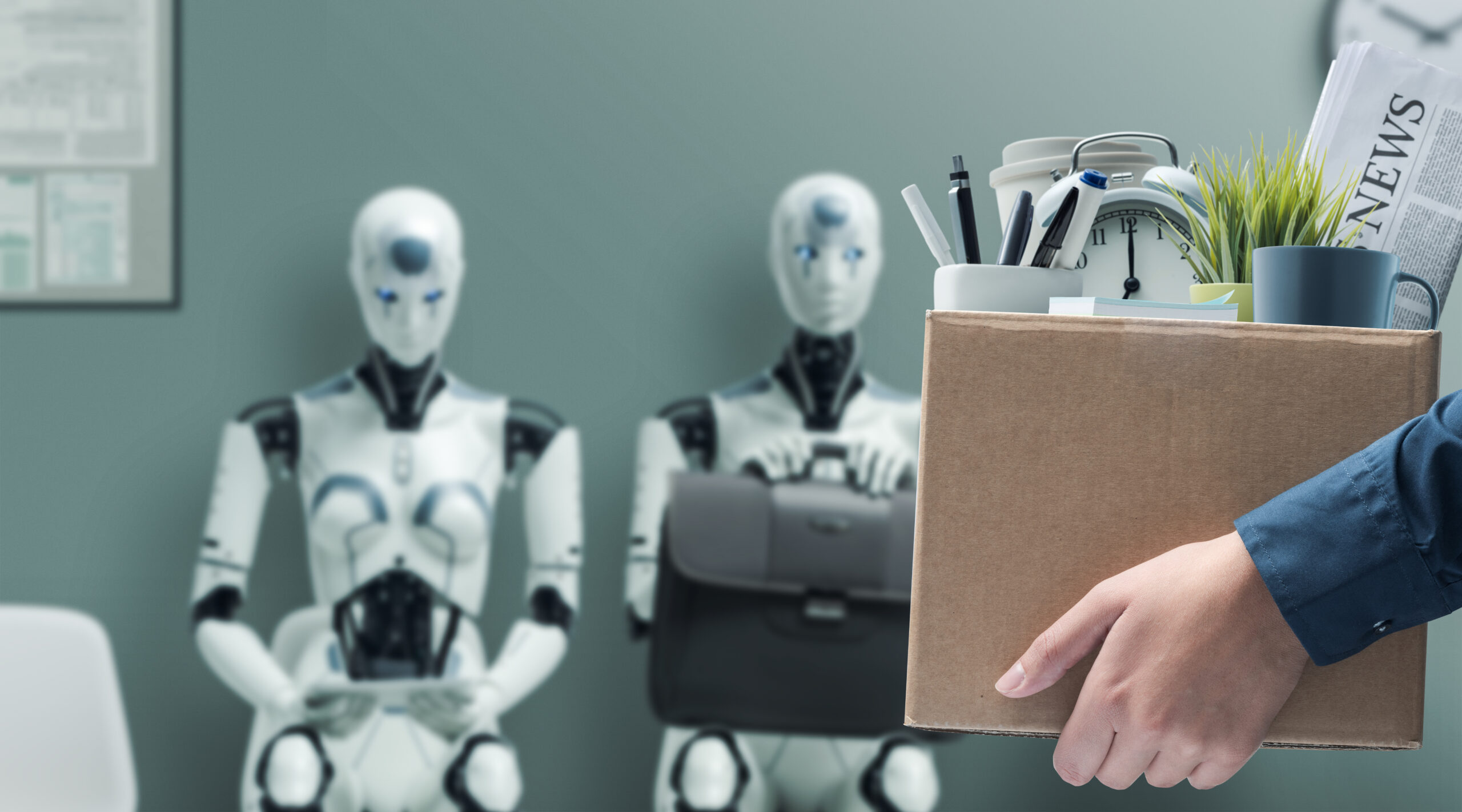
Sign up to get cutting-edge insights and deep dives into innovation and technology trends impacting CIOs and IT leaders.
AI might be gunning for your job are increasing.
Faced with pressure from stakeholders and competitors, many companies have pushed forward with slashing positions that they believe the tech is capable of handling. Last week, telecommunications firm Altice cut 1,000 employees, or 16% of its workforce, with AI creating redundancies among some jobs as the company cut costs.
Altice’s decision is far from singular. Major firms like Klarna, UPS, Duolingo and Cisco have used AI to replace workers. Though the tech comes with its fair share of risks, companies are leveraging it to reduce labor costs, increase productivity and garner returns on their investments in the tech.
Some may be feeling the squeeze of stakeholder scrutiny and competitive pressure, said Lisa Highfield, principal director of research and advisory services at HR research firm McLean & Co.
“When we see headlines such as 100 jobs laid off because of AI capabilities, competitors are bound to pay attention to that, and they don’t want to fall behind that curve,” Highfield said.
Questions remain, however, about whether AI is ready to become a member of the team rather than simply a tool. Highfield says it depends on the job and its specific tasks:
- Jobs involving “repetitive, low-complexity knowledge tasks,” such as answering frequently asked questions, summarizing, entering data and scheduling, will likely be the first to go. Assistant and clerk positions, for example, may have a “high exposure rate” to AI.
- Additionally, anything with “clear rules and delineated answers,” such as writing templates or coding, is also ripe for automation.
- Many positions may have bits and pieces of their jobs automated, but “not necessarily the entire job holistically,” said Highfield. “Job security around that is really dependent on how much of your tasks are correlated to AI.”
Enterprises seeking automation need to look within their specific industries and organizations to figure out where it’s a good fit, said Highfield. “We really need to understand how AI applies to our industry and the goals and tasks within an organization.”
Plus, many jobs themselves are in a period of change in the wake of AI. In the same way that lamplighters were replaced with electricians and mathematicians no longer need to do long division by hand, new opportunities will be revealed as others fade. “It’s not just cutting jobs, it’s what jobs are we creating,” said Highfield.
However, enterprises also need to understand the risks associated with making the leap into AI, said Highfield. Along with potential brand and reputation damage, enterprises open themselves up to regulatory scrutiny and declining workforce morale. The tech itself still has issues, too, including a propensity for data security slip-ups, hallucination and bias, especially as tasks become more complex.
Many companies may be better off starting with upskilling and augmentation of jobs, rather than replacing them with AI entirely, she said. “There’s a shift towards providing capabilities within the organization for our workers so that they can work with the technology.”

